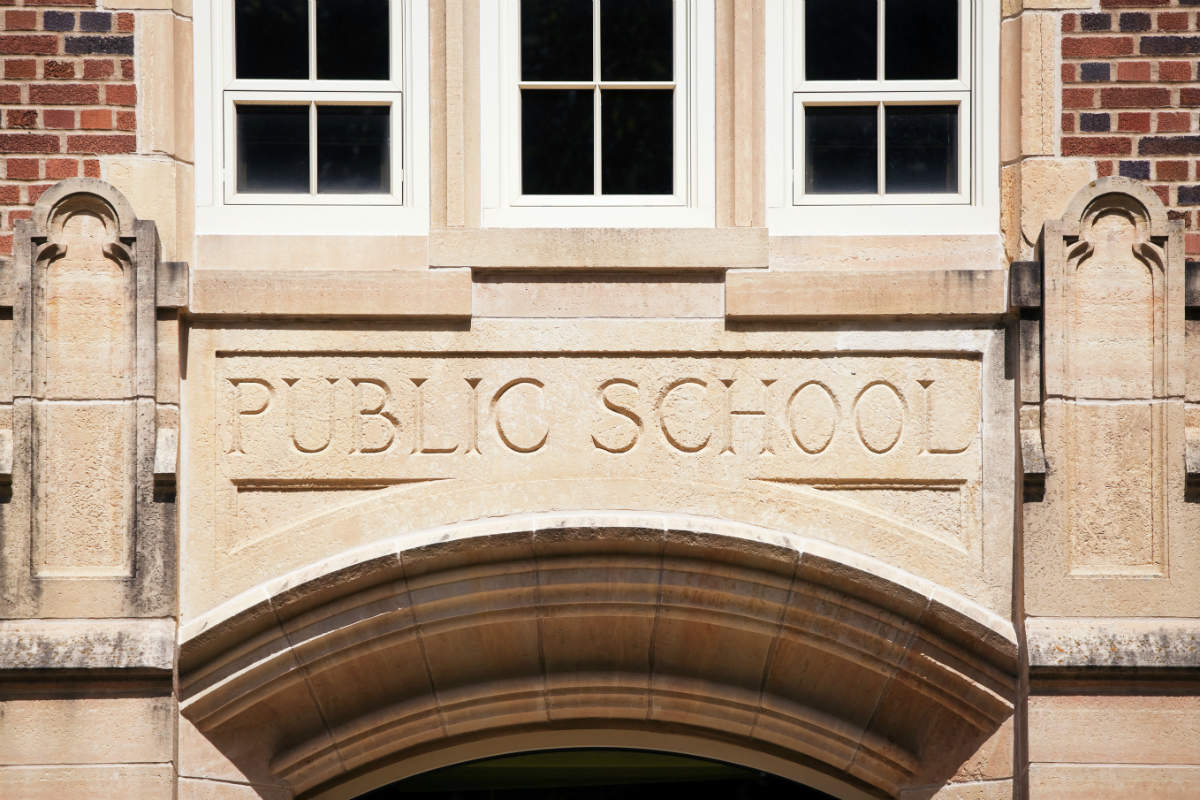A Jan. 23 CSBA webinar featured expert tips from local educational agency leaders on best practices for crisis communications before, during and after a safety incident.
Whether handling a social media, email or other anonymous threat or the presence of a trespasser or suspicious object on a school campus, every LEA — no matter its location, size or resources — should have plans in place to address crisis situations.
“Our schools are under more pressure than I’ve ever seen before and quite honestly, we’re dealing with things that are born out of new technology, so we’re hearing about things that are posted to social media anonymously,” explained Trinette Marquis, executive director of the California School Public Relations Association (CalSPRA). “Is it a real threat? We don’t know, but we always have to treat it as if it is. There are so many more incidents and the worst thing about that is it gets in the way of student learning.”
Before a crisis
Preparation and practice are two elements that LEAs can master pre-emergency.
Building strong bonds with families and being explicit with them about where to find information (on the school’s website, social media channels, via text/email, etc.) should a crisis occur is essential, said Ginger Shea, director of enrichment and specialized programs at Oxnard School District.
In Davis Joint Unified School District, Public Information Officer Kristin Conner said that establishing relationships with local police and fire officials and other community partners is “one of the most important parts of an effective crisis management plan.” The district recently worked with the police department to develop messaging after several bomb threats were reported in town.
Conner added that at the beginning of each academic year, the LEA updates its crisis communications plan, housed in binders, and all department heads have a copy.
Marquis advised that a good crisis communications plan defines what it can while remaining flexible. It can take any format that works best for an LEA — leaders just need to be familiar with it.
At Encinita Elementary School in Rosemead SD, Principal Sam Joo said that they conduct regular lockdown, fire and earthquake drills because “in the moments when things are real, it’s really important to stay calm, collected and trust the process that you’ve been practicing.”
Having clear processes and roles like incident commanders and other key response team players identified in advance is also beneficial.
During a crisis
In Rosemead SD, principals are the designated point people and administrators serve in a support role.
“We’re a small district so personnel is in high demand. We all wear different hats, so one of the things that we’ve done is divide all the district office support staff into teams so every school site has a team that they can count on whenever something comes up … If something is happening at a school, the Bat-Signal goes up and the folks at the district office know immediately they drop whatever they’re doing, and they report to that school site,” said Superintendent Alejandro Ruvalcaba.
Having no one in charge can be dangerous, Ruvalcaba said, but the opposite can also be an issue. “When you have too many people in charge, you’re going to have differing opinions and directives,” he said.
Ruvalcaba noted that LEAs should not sacrifice accuracy to get a message out to the community right away. Start with a clear and correct statement and don’t give more details than you have. As you learn more, you can share more — communicating with staff first (cabinet members or other specified employees can relay information to trustees) and then the public. Ruvalcaba added that his district chooses to be as specific as possible without compromising safety or an investigation.
For the initial communication, CalSPRA’s Marquis recommended the following formula:
- Cover what happened as well as when and how it came to your attention.
- Say what the LEA is doing about it (like how students/staff are being kept safe, what plan is in place and how officials are following it).
- Adding ways to help (offering resources for those impacted or asking families to talk to students about issues like reporting threats).
Oxnard SD’s Shea added that having a sentence such as “the families of the students involved have been notified” in early communications can prevent unwarranted concern amongst community members and preserve district resources.
Communications and updates should be timestamped (whether posted to a website, social media channel or other platform) and messages should be released in multiple languages as needed.
As for board members, Marquis said to be patient during crisis situations as it can take time to sort things out and ask those leading the charge how you can be of assistance.
After a crisis
Following a crisis, teams can debrief to identify aspects of their plan that worked and those that need improvement.
LEA’s may consider ways to address the mental health implications of an event on the community.
Watch the webinar:





